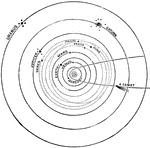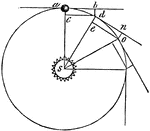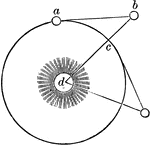Search for "planets"
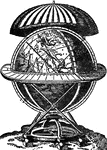
Globe of Copernicus
"Copernicus, or Nicholas Koppernigk, was the founder of modern astronomy. From a school in Thorn Copernicus…
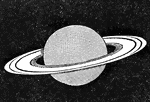
Saturn
"Saturn is the 6th of the major planets in order of distance from the sun, and the outermost known to…

Moon
The satellite of the earth, and classed as one of the secondary planets. It revolves around the earth…

Planets
The celestial bodies that revolve around the sun and receive light and heat from it. This diagram shows…

Saturn
One of the major planets, which is siexth in distance from the sun. It is the second planet in size,…

Regiomontanus' Astrolabe
A historical astronomical instrument used to predict positions of the Sun, Moon, planets and stars.
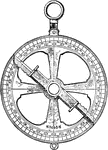
Later Astrolabe
A historical astronomical instrument used to predict positions of the Sun, Moon, planets and stars.

Planet Distance
"Relative distance of the Planets. Having now given a short account of each planet composing the solar…

Oblate and Prolate Spheroid
The shape of the earth is that of a round ball or sphere slightly flattened at two opposite sides. Such…
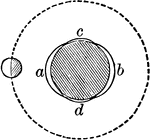
Lunar Tide
If the earth were uniformly covered with a layer of water, the passage of the moon over any place as…
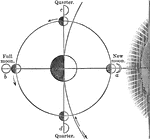
Cause of the Phases of the Moon
During new and full moon, the earth, moon, and sun are all in the same straight line, but, that during…

Positions
The flood tides are the highest, and the ebb tides are the lowest. These are called spring tides.…

Spheres of the Ptolemaic System
A diagram showing the order of the universe as expounded by Ptolemy. Its basic concept surmises that…

The Scorpio Constellation, with Libra
"The constellation which is prominent in early summer in the skies of the southern United States (where…
